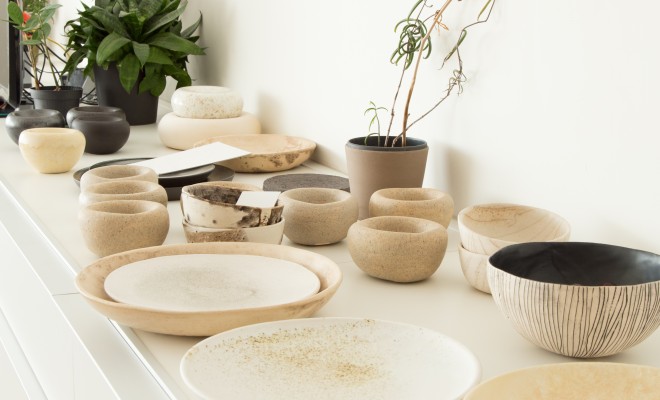 Text: Mante Jaruseviciute / Photography: Guoda Juceviciute
Text: Mante Jaruseviciute / Photography: Guoda Juceviciute
Owls in bowls
Every one of us has that special bowl, in which the soup is always more delicious, that one special plate, which we always place above the others. It’s not a secret that crockery isn’t any less important than the food we eat. Two Lithuanian designers, Greta Urnieziute and Igne Alebaite are the creators of ceramics studio “Owls in bowls”. Due to the special combination of modern technologies and old traditions apparent in magical “Owls in bowls” crockery, lunch in the restaurant or cozy dinner at home becomes a ritual, which invites all the friends and close ones to gather together around the table.
Igne, Greta, please, introduce yourselves!
G: We are two girls behind the name of “Owls in bowls”. I’d add the fact that we’re not ceramicists. I’ve finished design studies in Vilnius art academy.
I: As for my part, I’ve studied the history of culture and anthropology. Lately I’ve been working in the sphere of advertisements. Similar sense of aesthetics and the daily need of it is probably the thing which unites us.
G: The team of “Owls in Bowls” was constantly changing. One of the changes is that Igne has recently joined us. At the moment, I’m responsible for the creation of the studio image, design and production.
I: I experienced a very interesting period: having left the photostudio where I was working as a producer, I took up ceramics as a new activity. I was in need of self-expression, searching to do and experience something new. And then I got an invitation to join “Owls in bowls” – it was perfect timing for such a suggestion, so I accepted it without any doubts. My responsibilities here include the communication of the studio and relations with the clients.
It’s quite obvious that the crockery in which the food is served plays a very important role for you. Is this the reason why “Owls in bowls” was born?
G: To tell the truth, “Owls in Bowls” was inspired not by food, but by beautiful crockery, which we noticed being fabricated in Lithuania. Ceramics was not so popular a few years ago, so together with a colleague we decided that we should promote it and show its beauty to the people. This is how the story of “Owls in bowls” commenced – three years ago we rassembled a team of some ceramicists and took our first steps. The start was rather a slow one because we sought to fulfill our vision and only then start producing.
What is your philosophy?
G: We want to encourage people to gather around the same table and communicate. This idea was the point of departure. When the chefs noticed us, we started orientating towards the clients of restaurants, too.
I: The culture of food for us is inseparable from the sense of sociality. Eating is not only for fulfilling the needs of the body, but also an emotional experience. Due to visual games of the textures and the crockery, we can make this experience totally different and dependant on the place, time, seasons. This is especially important for the chefs. Eating, just like every other ritual, consists from million details.
So, why owls?
G: We had come up with many different titles, but this one really stuck to the brand, probably because of how beautifully it sounds in English. In addition, it is strong visually: owls and the undulating forms of the crockery seem to have something in common. It’s interesting, whimsical and easy to remember.
With what ceramicians do you collaborate? Do you search for them or they come themselves?
G: I’d say both, but when we started fabricating crockery for the restaurants, new demands became apparent. The consumption of crockery in restaurants is totally different compared to separate individuals: it’s not a single cup of tea which is consumed, but continuous batches five or ten times a day. The crockery for restaurants in the fabrication process have to pass particular tests, such as dishwasher’s, acid’s, microwave’s and others… That’s why we commenced creating the design of our production ourselves and search for new production places: right now we’re searching more for artisans than artists. The fabrication places are scattered, actually. If there’s a need of bespoke crockery, we go to one place, if there’s a need of a particular aesthetic plasticity, we go to another. Seeking to fulfill all the demands, we had to acquire a special knowledge and read a lot about it, espacially when we’re not ceramicists ourselves.
Greta, you also create the design of the crockery. What phases does the creation undergo from idea to the realization? Does it change?
G: At first you draw a sketch and see what parameters are needed, what functions will the creation have, you visualize what you’re going to put in it. Then you consult the artisans if it’s possible, what decisions are the best, what are the risks. Ceramics is a quite difficult sphere: spoilage is inevitable, so whilst calculating the amount of production you always have to keep in mind that some part of the fabrication will have to be thrown away. Products can also be deformed, the result of glazing is not always the one you expected, so it’s essential to plan several ways of glazing. The result inevitably changes whilst the product undergoes all these stages, sometimes you understand that it’s simply impossible to make something you wanted. The best choice is to specialize in one sphere and not mess around.
Every plate, bowl or cup of “Owls in Bowls” is like a work of art, which, on top of that, is also used for eating! Is it difficult to reconcile functionality with the sculptural forms?
I: Functionality is very important for us. We want to create a product which can be consumed, not only left to stand somewhere on the shelf.
G: As the food culture is getting increasingly popular, the supply is also growing bigger. Because of that, it’s essential to follow what’s going on in the design world and try to offer something unexpected. For example, we have hollow cups which amaze people because they expect a heavy feeling of a monolithic product when they see it at the first glance, but as soon as lifted, it surprises with its lightness.
Sometimes I think that you need to eat rather special food from such plates and bowls…
G: We try not to be too extravagant. We’re inspired by nature, we find its colors, patterns and forms very close to us – it’s not so surprising when you remember that food comes from the nature. Overall, sometimes there’s an excess of art in the food culture. We want to create for those chefs whose aesthetics and visual senses echo ours so that our productions wouldn’t turn away attention from their food chef-d’oeuvres. It’s always nice to find chefs who share the same philosophy.
I: Colors are also important. I can’t imagine for example a green, very bright plate…
Creations of “Owls in Bowls” travel trough different restaurants of Lithuania and other countries. What are the commands that you are proud of?
I: Americans are mostly interested in our production, probably because we have our platform only on the internet. Americans are not afraid to take risks and try something new, they want to find new artists. Europeans are more conservative and more attached to well-known brands, traditions. I don’t want to insist on the fact that Europeans aren’t interested in our production, but these are the trends that we’ve noticed. Nevertheless, Scandinavian countries are an exception and we’re very glad about this. Their perception of aesthetics is very close to ours. In addition, foreigners are particulary interested in the archaic ferment ceramics, which is actually quite natural for us, Lithuanians.
G: The product is put into the ferment of bread, grains or any other. Every product then is unique, the pattern is unpredictable. Recently, we’ve sent our ceramic works to the American magazine “Saveur” – chef with Lithuanian origins who’s living there is going to take photographs of Christmas meals in our production. In spite of that, we receive most commands in Lithuania. Here it’s possible to touch the crockery, it’s easier to present them this way. Every restaurant wants to be distinctive, so we are invited to collaborate with them. For example, there is a steam bowl in the restaurant “Stebuklai”, which was created in a collaboration with designer Justinas Silkauskas, who’s currently living in London. We have “1Dublis”, “Sofa de Pancho” among our clients; right now we’re designing and additional collection of Mexican style crockery for them. You will also be able to find our products in the restaurant of chef Gaspar Fernandes which is going to open its doors for the customers in Vilnius this month; also in “Uoksas” in Kaunas, another Lithuanian city. Talking about foreign countries, we’re mostly proud of having received a command from the restaurant “Relae” in Copenhagen. This restaurant has been elected among 45 best world’s restaurants. Its aesthetic is very close to us.
Do you travel a lot? Where do you search for inspiration?
G: I think that we travel more or less just like any other person – several times a year. Talking about inspiration… it comes from everywhere.
I: Food also inspires us! And sometimes a very interesting technique of glazing catches the eye and we try to think of a product for it.
G: It’s not a secret that we follow the chefs, trends, try to understand their needs. Trends of crockery always follow after food trends. Modern splashes in the plates are still popular. There are demands for the plates, also: it has to be as big as possible, the flatter the better, so the sauce doesn’t run down; the brims are also needed – so that the beans don’t spill… Colors and tones remind of nature, they’re really light. These hues are our favorites.
I: We’re afraid of colors! (laughs)
G:Yes, I’m very afraid of colors, putting on a bright skirt is already a challenge for me!
You’re getting ready for an exhibition in Berlin. What are you going to present there?
I: There will be an exhibition in November, which takes place in Berlin, in gallery “Trofejas” which belongs to a Lithuanian Giedre Bartelt. It’s a very small gallery where authors from Baltic countries and Eastern Europe are presented. There will be three of us – together with a Latvian photographer Ieva Jansone and the creator of hand-made linen products. We’ll try to invite as many chefs as possible to this exhibition! We seek to find a special connection with them, sometimes we organize campaigns – we send the shivers of our products to the restaurants, accompanied with a postcard so that the chefs touch and appreciate our creations.
G: It is often said that products are more beautiful in reality than in photographs.
Is food ceramics a suitable medium to express ideas?
G: I think that when you start doing something and get accustomed to it, the activity becomes a nice and a suitable medium for ideas. It’s how it goes for me with ceramics. Even during my free time I think about the future projects and search for untraditional restaurants, where I could see something new.
I: Being able to do what I really like, I never get bored. I remember calling Greta one weekend, when she was in the nature on a tent-trip. I told her “Sorry for disturbing you”, but all she replied was that it was a pleasure for her to talk about work. It’s the same for me. It wasn’t quite like that when we were working for someone else.


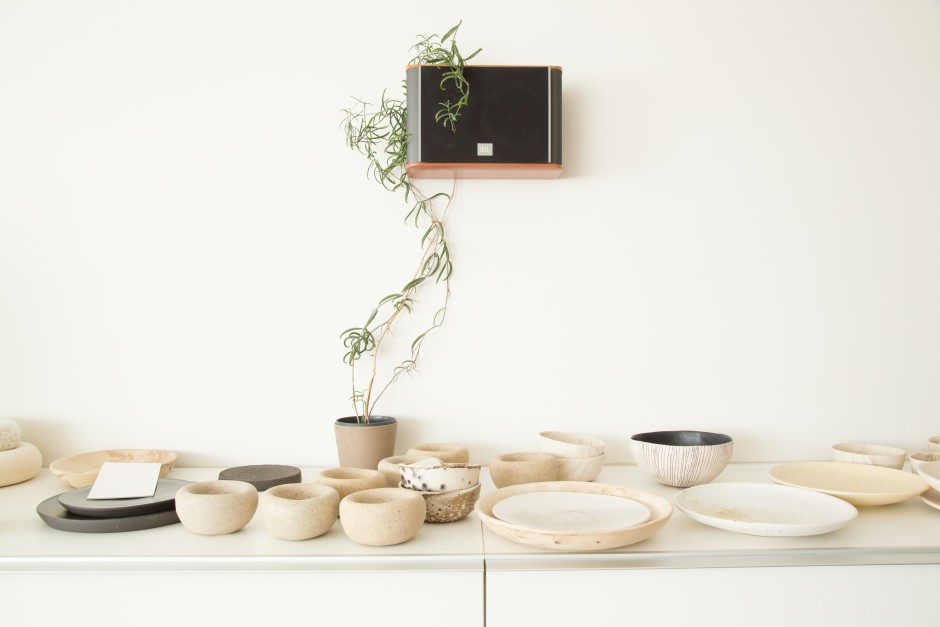
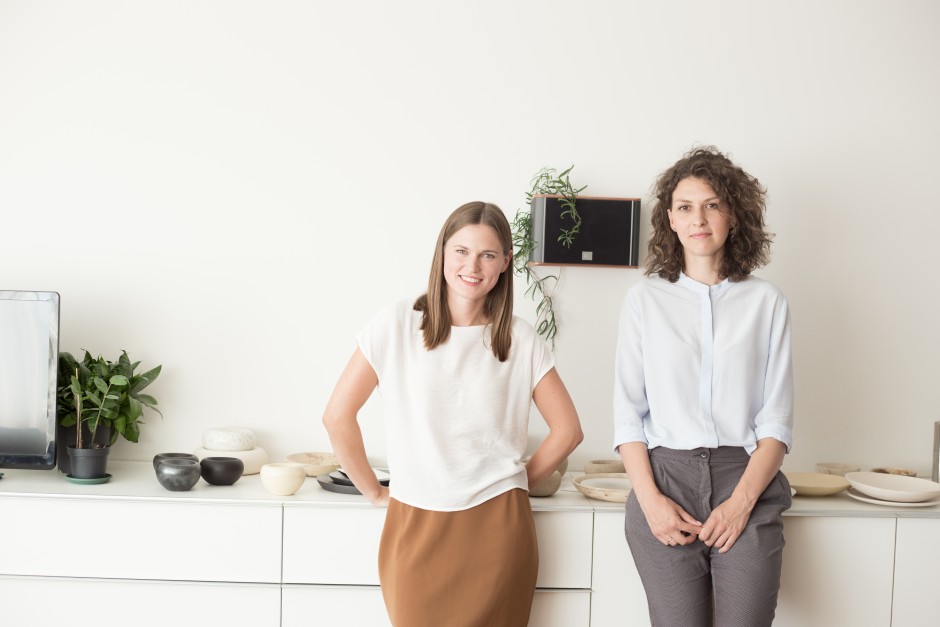
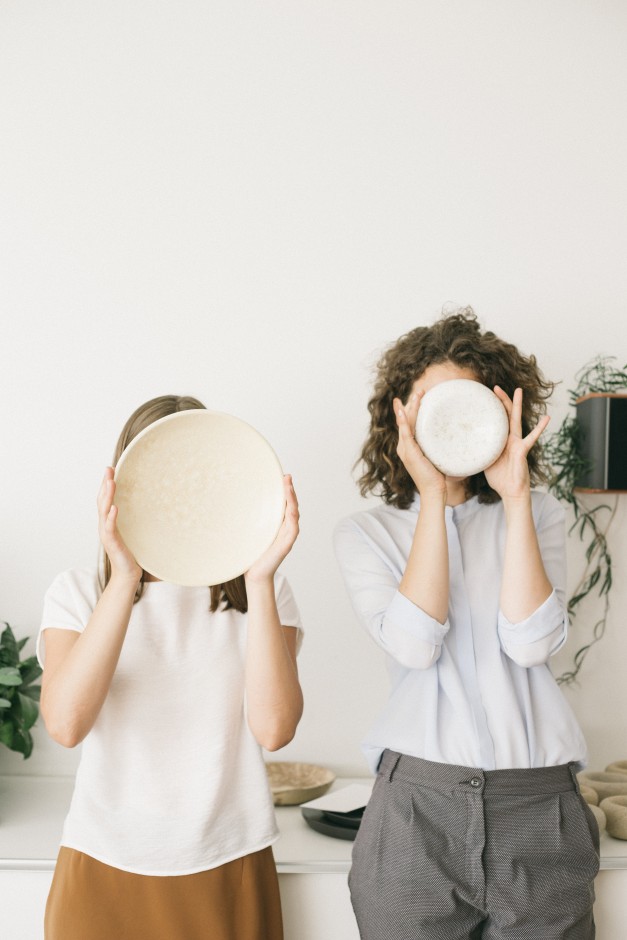
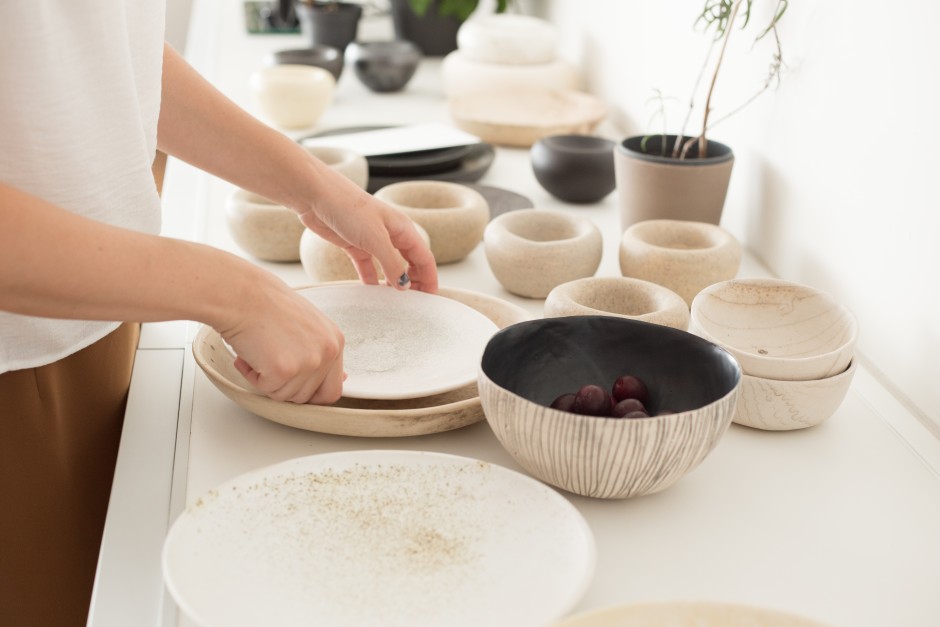
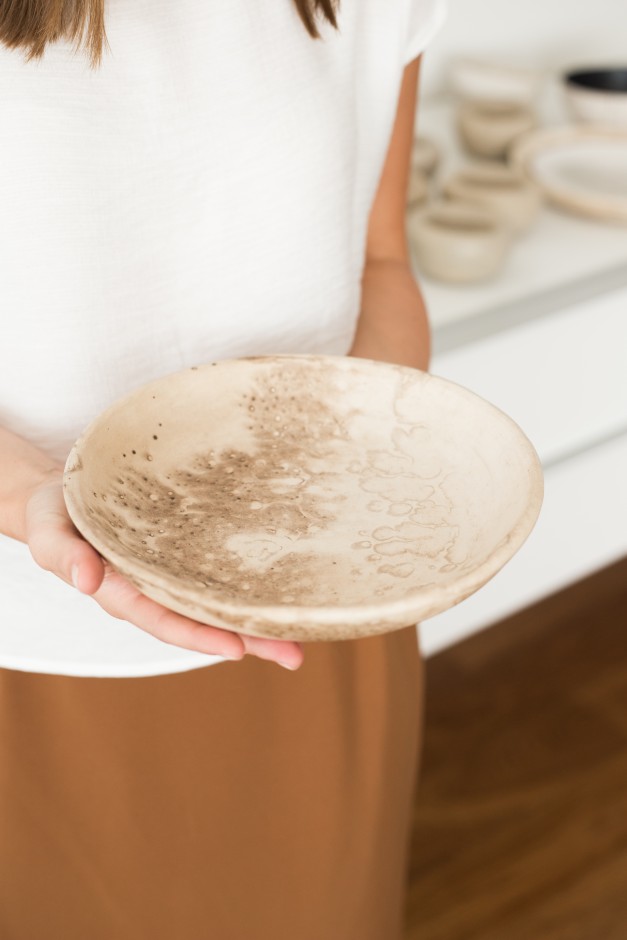
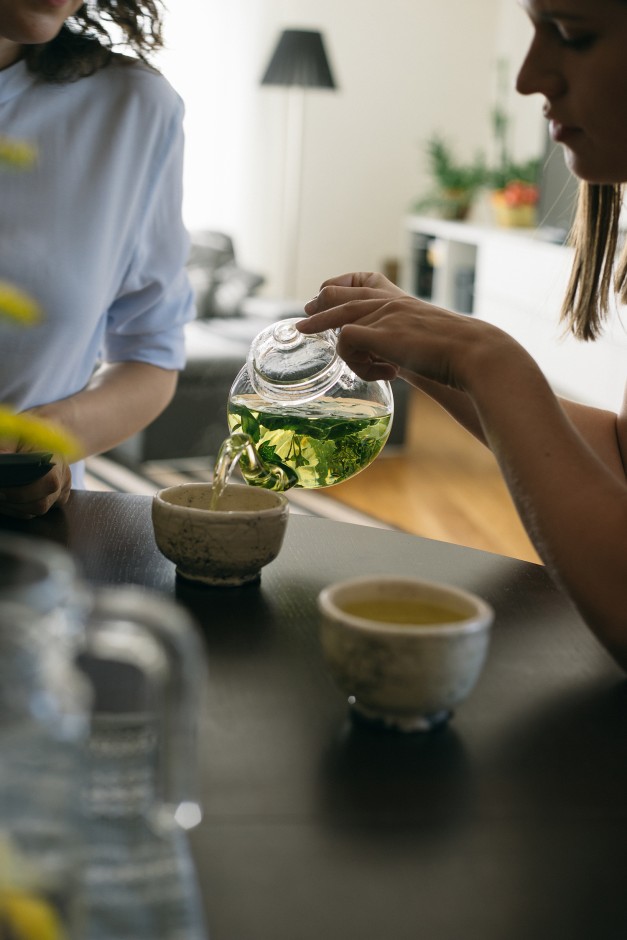
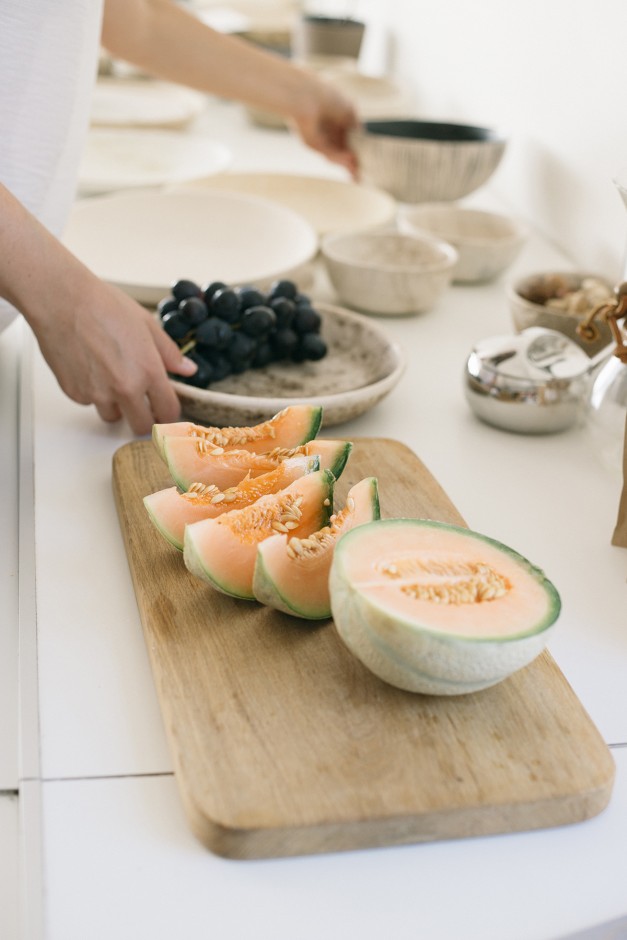
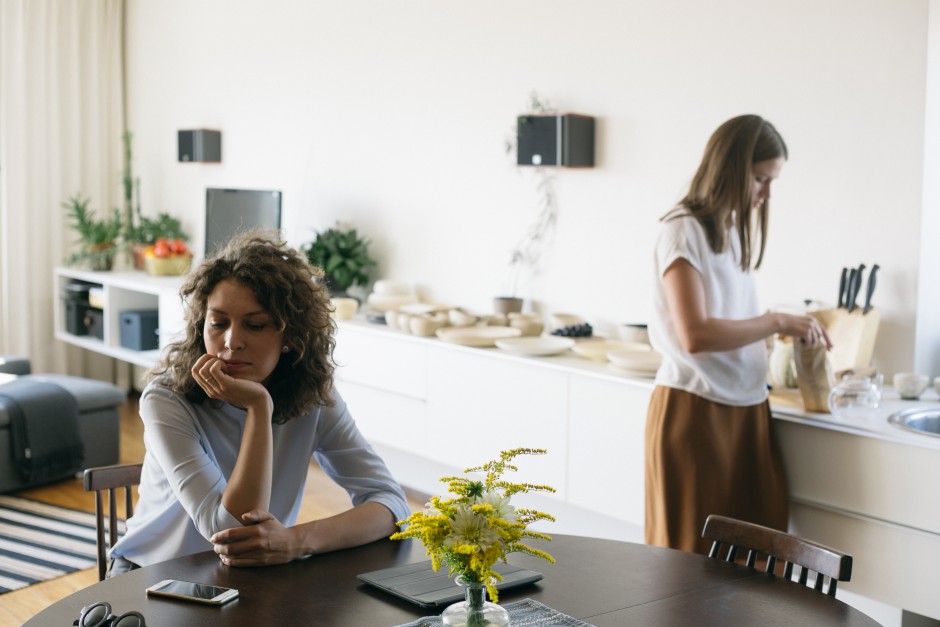
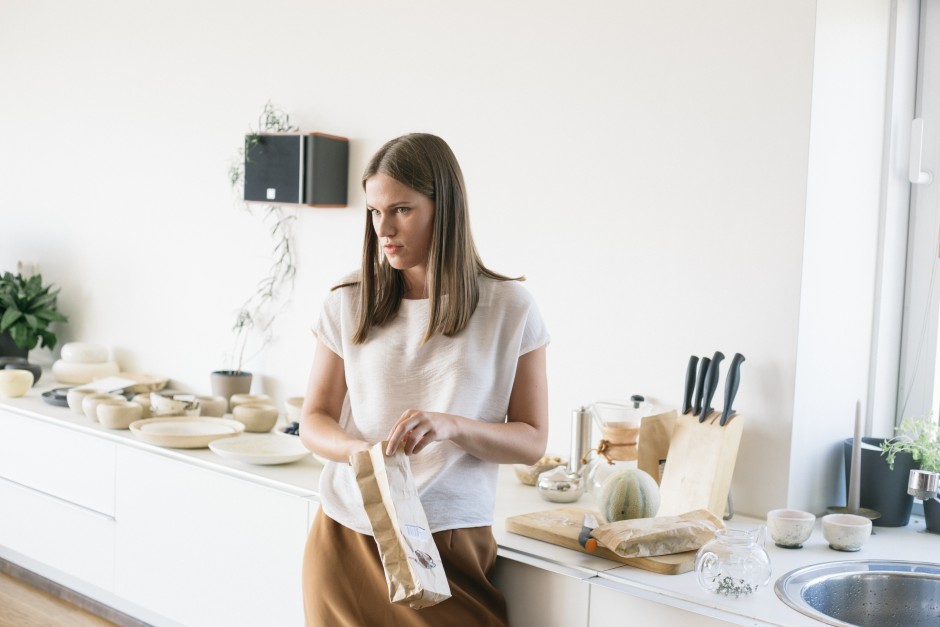
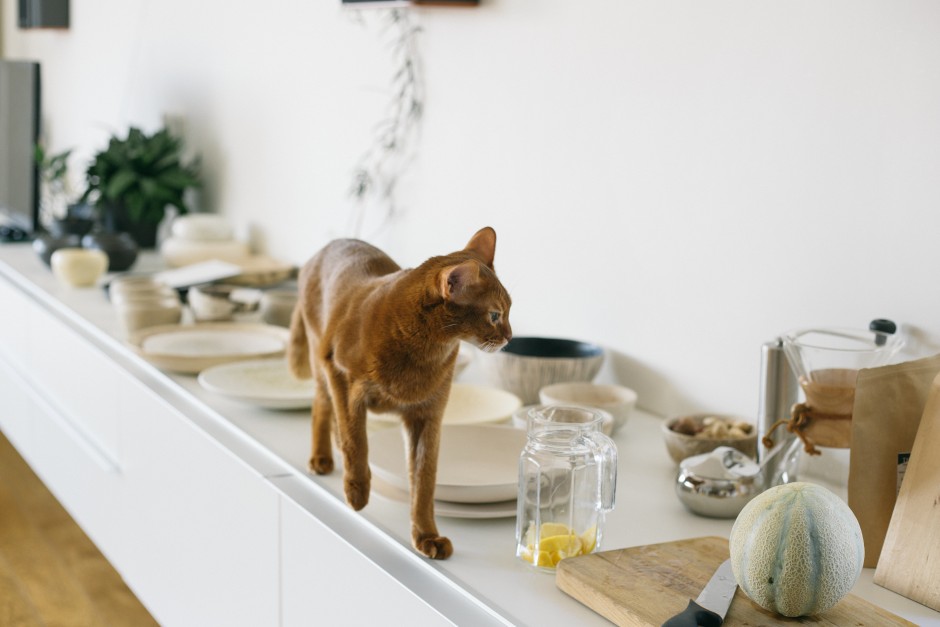
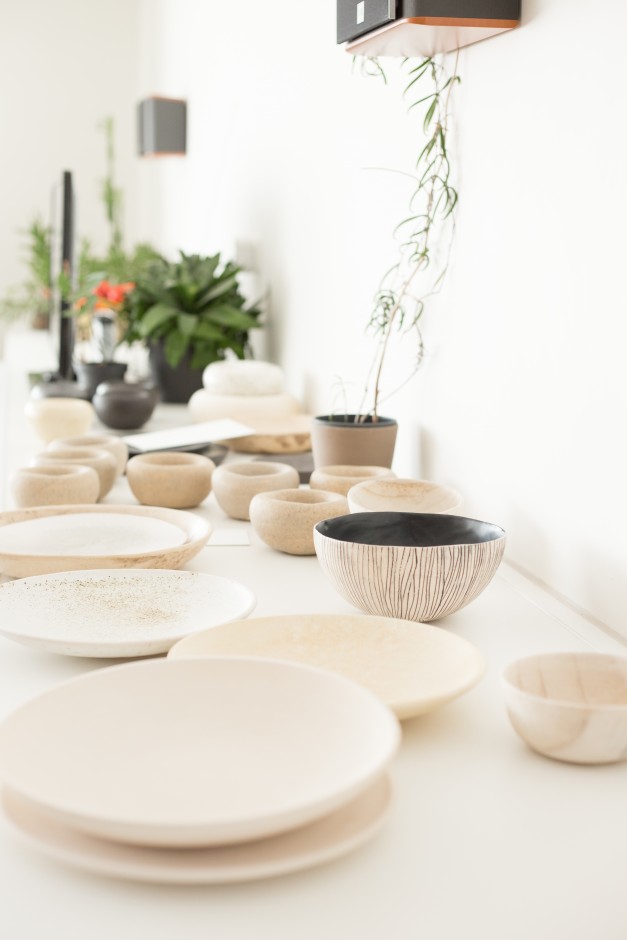
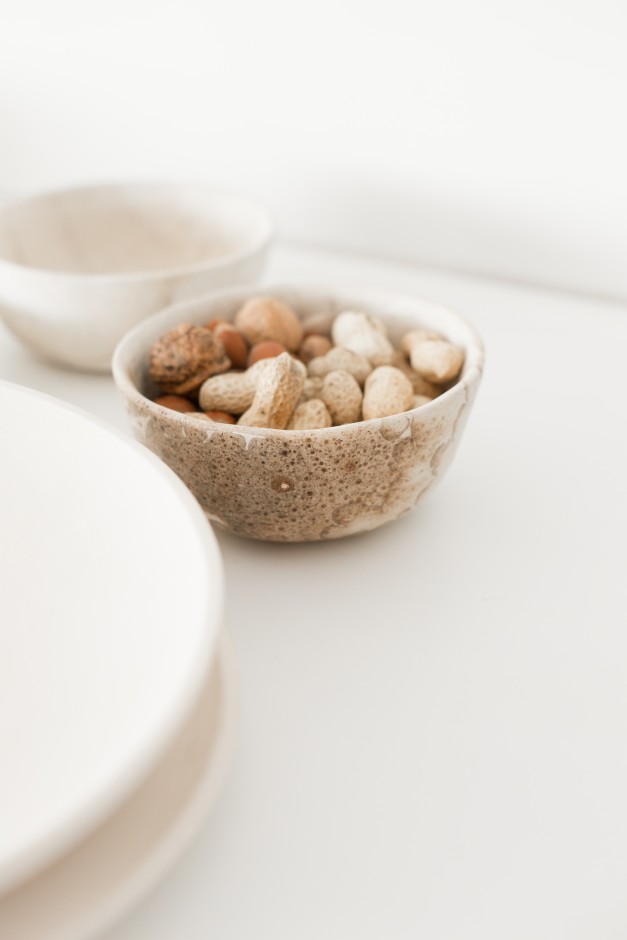
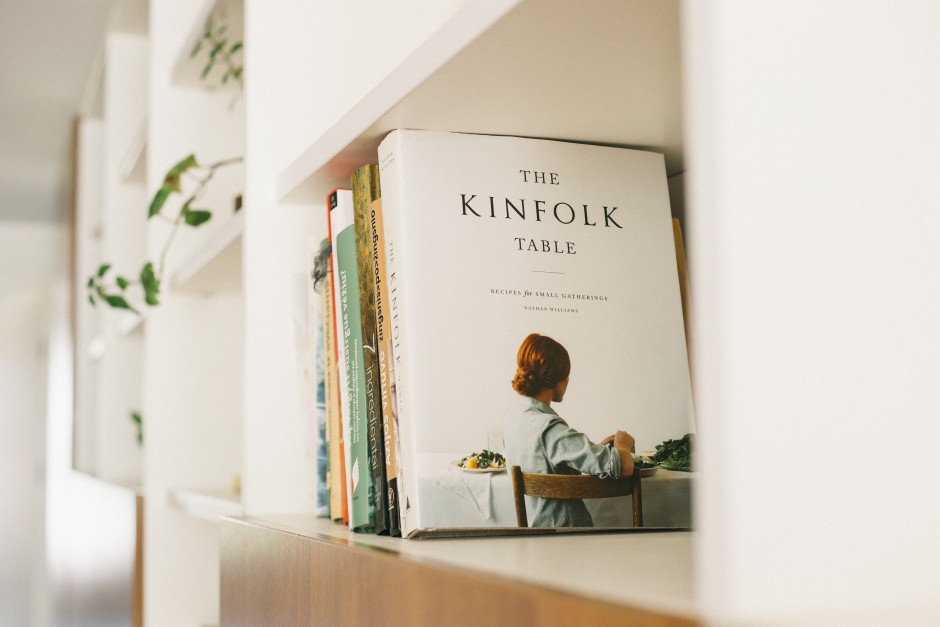
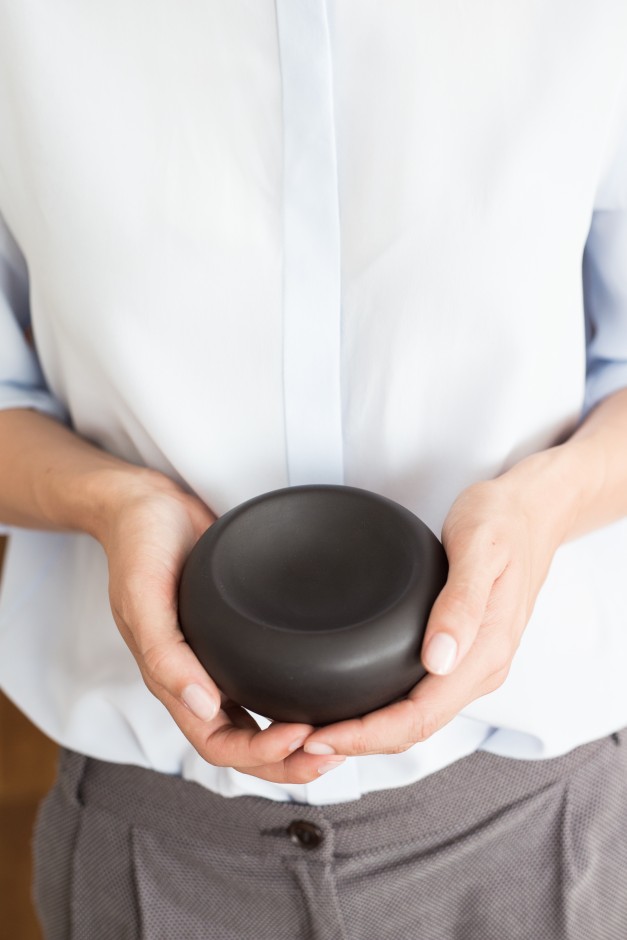
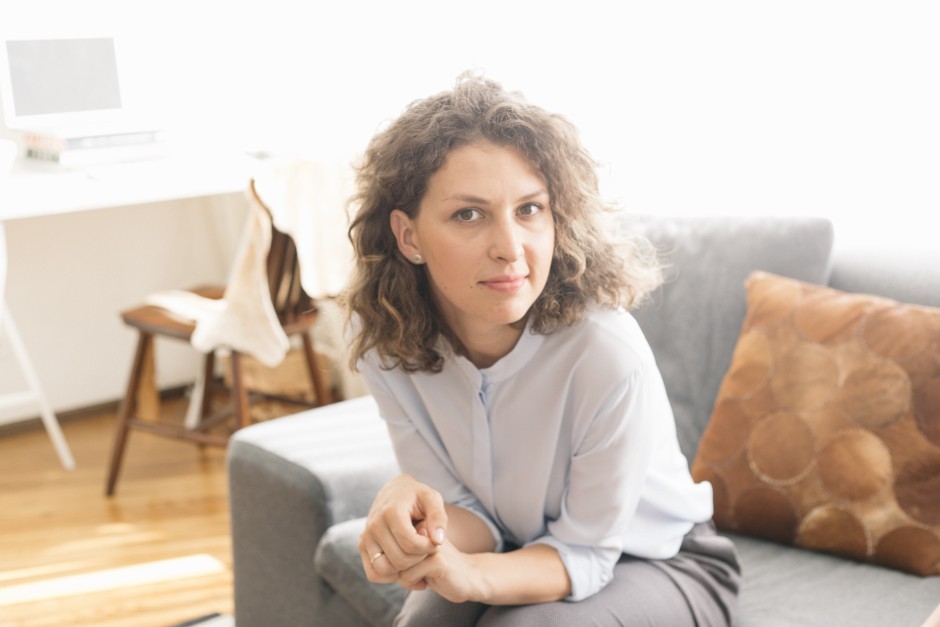
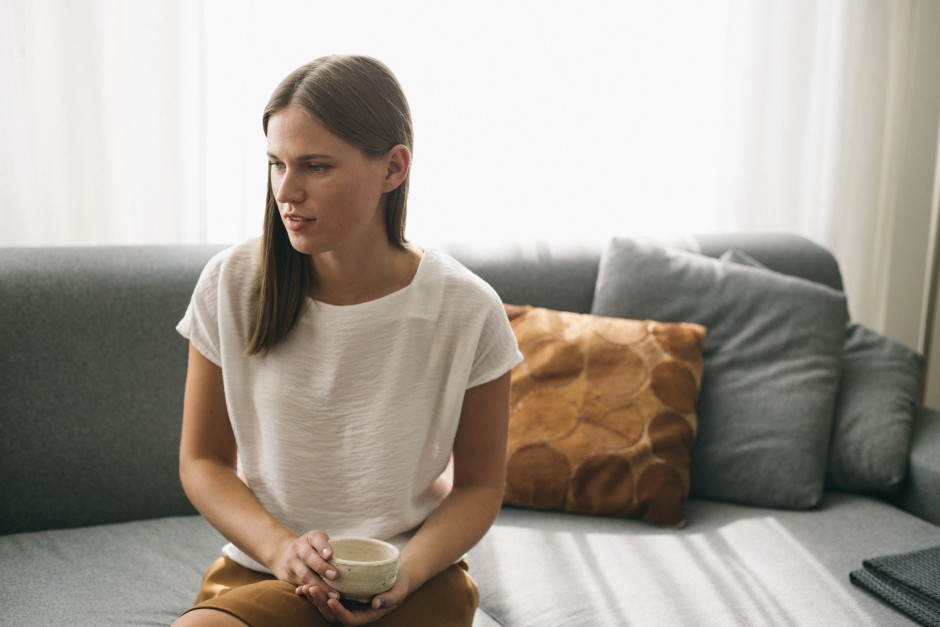
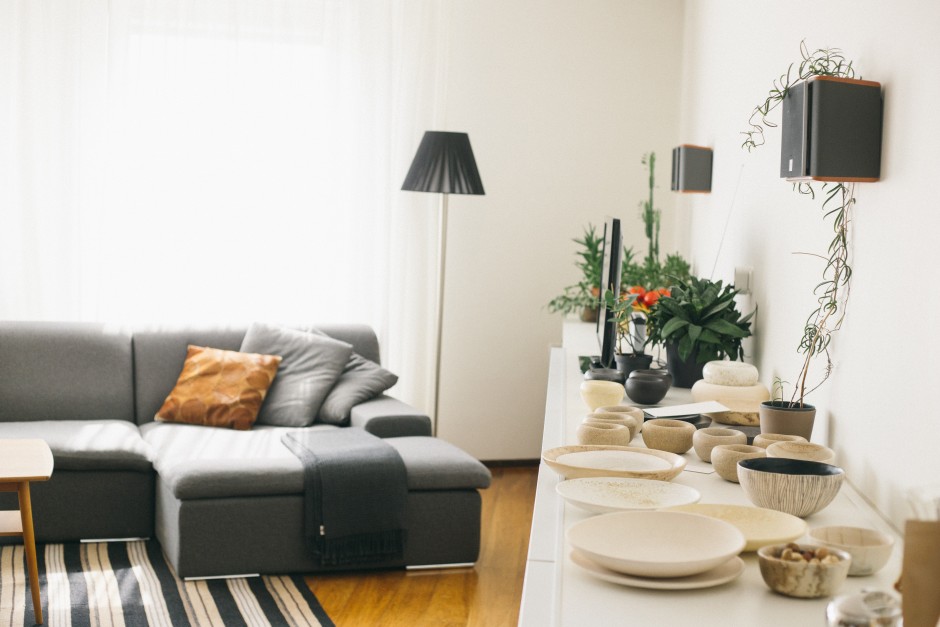
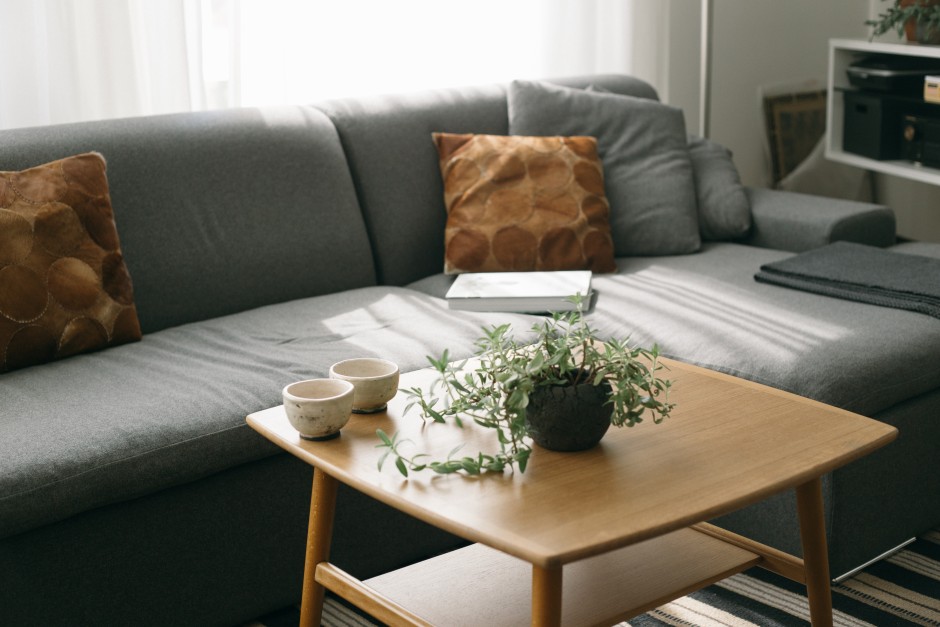
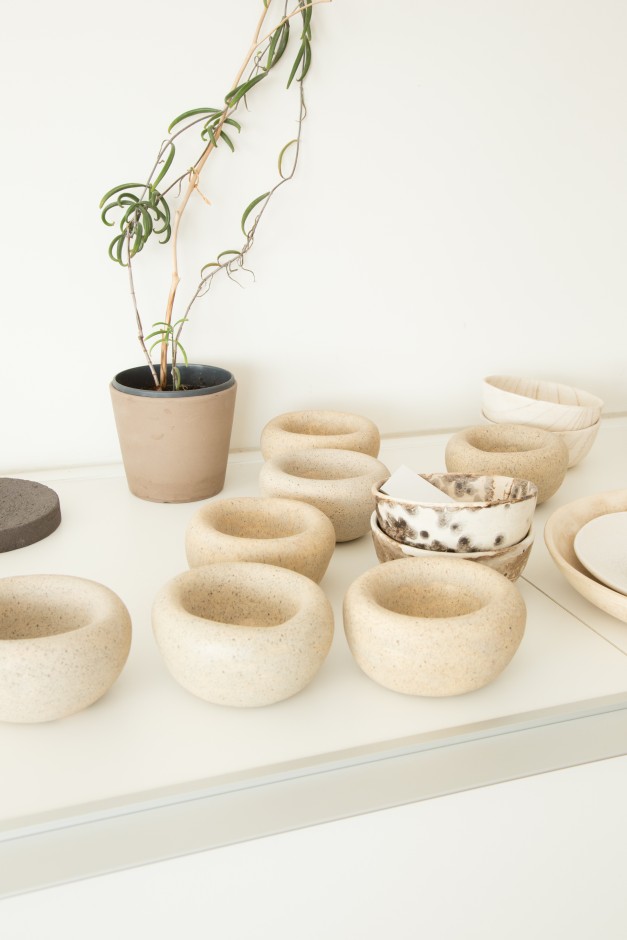
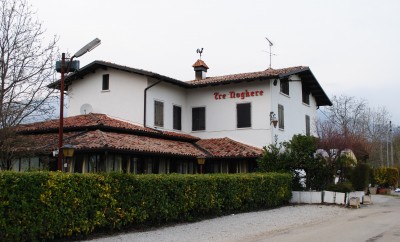
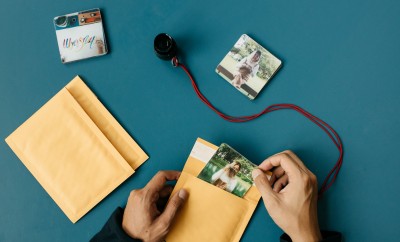
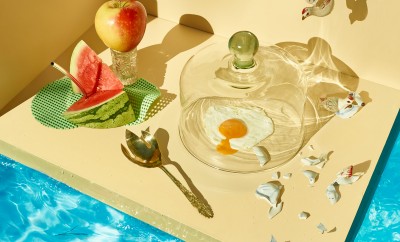

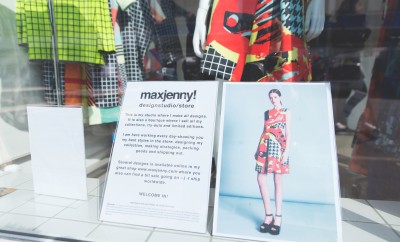

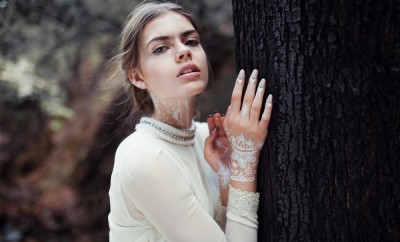
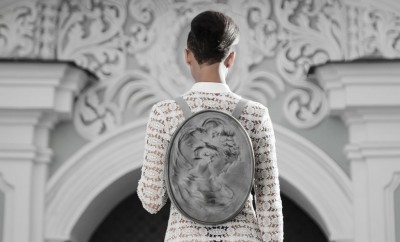

You must be logged in to post a comment Login